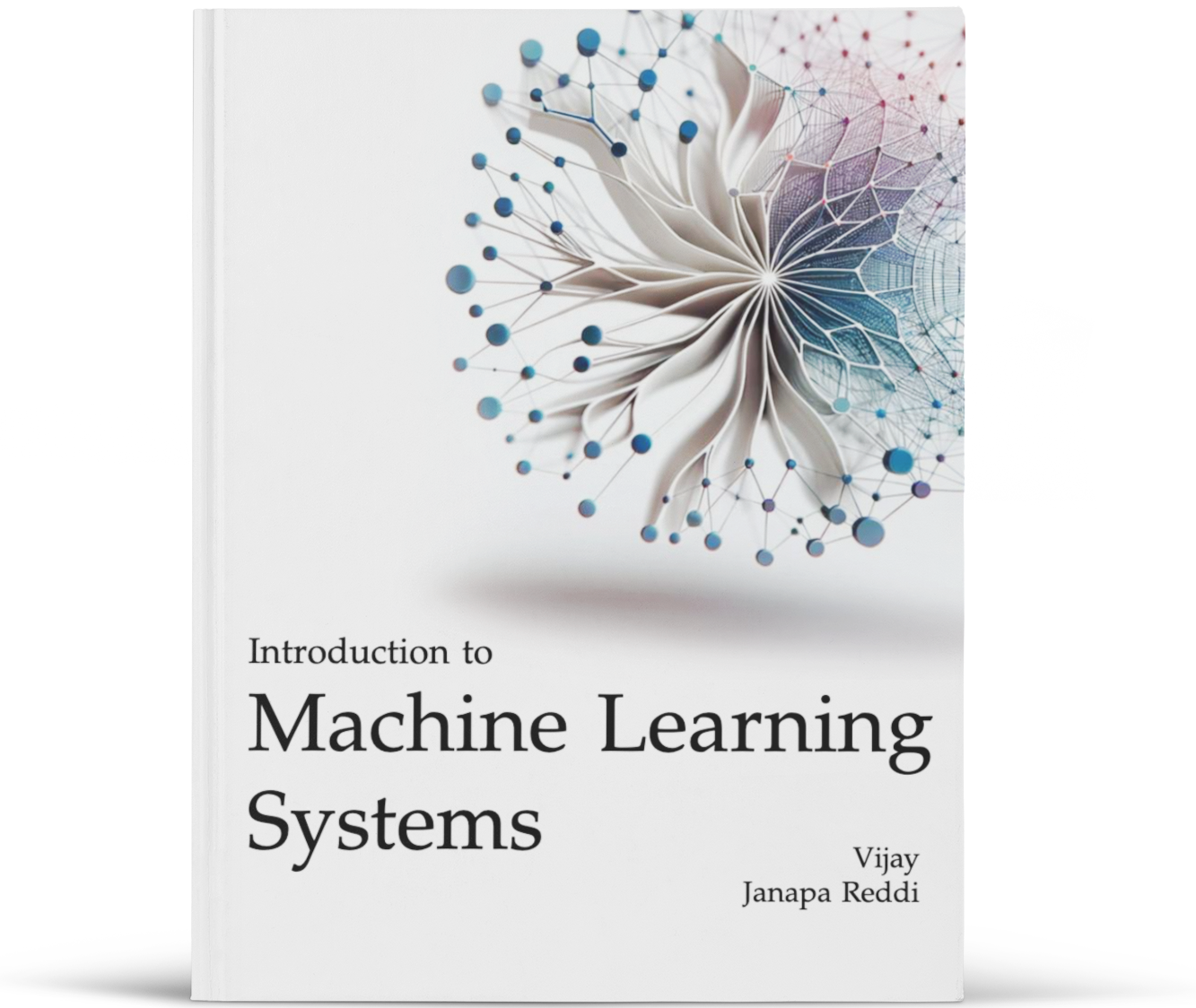Machine Learning Systems
Principles and Practices of Engineering Artificially Intelligent Systems
Abstract
Machine Learning Systems provides a systematic framework for understanding and engineering machine learning (ML) systems. This textbook bridges the gap between theoretical foundations and practical engineering, emphasizing the systems perspective required to build effective AI solutions. Unlike resources that focus primarily on algorithms and model architectures, this book highlights the broader context in which ML systems operate, including data engineering, model optimization, hardware-aware training, and inference acceleration. Readers will develop the ability to reason about ML system architectures and apply enduring engineering principles for building flexible, efficient, and robust machine learning systems.

Early Access Preview
Publisher: The MIT Press (2026)
📖 Click here to download PDF
Support Our Mission
Our 2025 Goal: Reach 10,000 GitHub stars and spread this resource worldwide. Sponsors like the EDGE AI Foundation match every star with funding that supports learning.
Why We Wrote This Book
The Problem: Students learn to train AI models, but few understand how to build the systems that actually make them work in production. When ML systems concepts are taught, students often learn individual components without grasping the holistic architecture—they can see the trees but miss the forest.
The Future: As AI becomes more autonomous, the bottleneck won’t be just the algorithms—it will be the AI engineers who can build efficient, scalable, and sustainable systems.
"If you want to go fast, go alone. If you want to go far, go together."
Our Approach: This vision emerged from collaborative work in CS249r at Harvard University, where students, faculty, and industry partners came together to explore the systems side of ML. The content was developed through real student contributions during Fall 2023. What started as class notes has turned into a comprehensive educational resource we now share globally.
Want the full story? Read our Author’s Note about the inspiration and values driving this project.
Listen to the AI Podcast
This short podcast, created with Google's Notebook LM and inspired by insights from our IEEE education viewpoint paper, offers an accessible overview of the book's key ideas and themes.
Global Outreach
Thank you to all our readers and visitors. Your engagement with the material keeps us motivated.
Want to Help Out?
This is a collaborative project, and your input matters! If you’d like to contribute, check out our contribution guidelines. Feedback, corrections, and new ideas are welcome. Simply file a GitHub issue.
We warmly invite you to join us on this journey by contributing your expertise, feedback, and ideas.